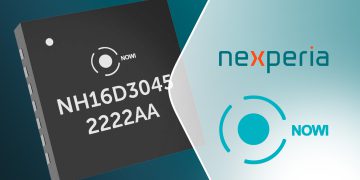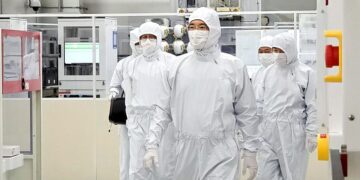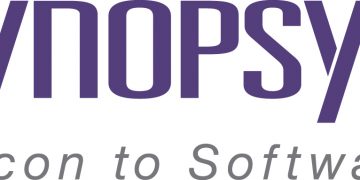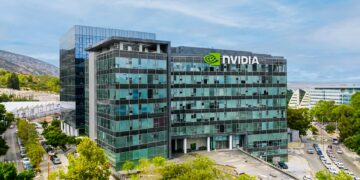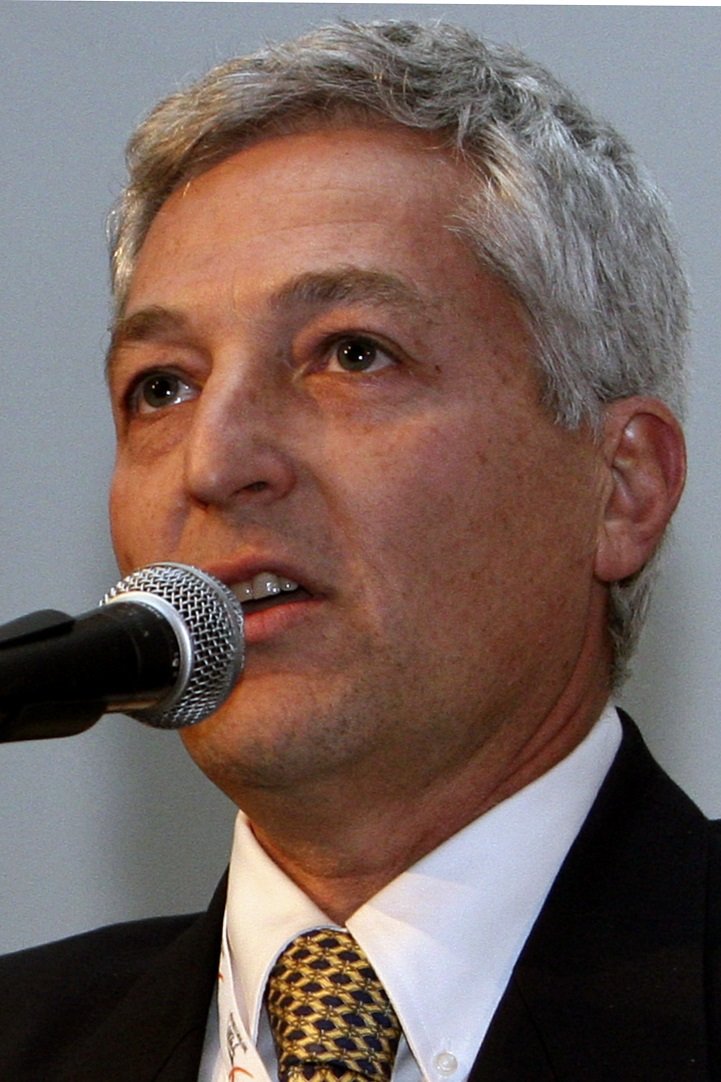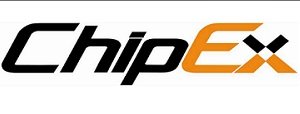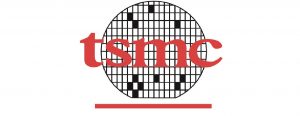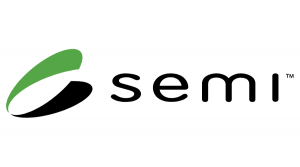What you need to know about EDA360
Dr. Olivier Coudert
EDA360, John Bruggeman’s brainchild, is a manifesto that promotes a vision for the future of EDA. In a nutshell, it states the following” .
What you need to know about EDA360
Dr. Olivier Coudert
![]()
EDA360, John Bruggeman’s brainchild, is a manifesto that promotes a vision for the future of EDA. In a nutshell, it states the following:
• So far EDA has been providing the tools to IC creators: design, implement, and verify ICs.
• With the development cost of 32nm SoC reaching $100M, only a handful of semiconductor companies will still create ICs in the next future.
• With modern consumer electronics fueled by apps-based model, electronic design is moving from a hardware-first to a software-centric industry.
• Future SoC will be designed top-down, with software and apps requirements driving the integrations of IPs, DSPs, GPUs, CPUs and cores (ARM, MIPS, x86, etc).
• EDA needs to provide the environment for integrating and optimizing software and hardware resources.
One can disagree with some figures of EDA360’s white paper (e.g., today’s cost of SoC software, placed at 50% of the total SoC development cost, which looks overstated). One can argue that this document states the obvious –that consumer electronics are differentiating with the end applications, which is more and more software dependent, which means EDA needs to focus more on the software aspect if it wants to stay relevant.
But that would not give justice to this document. EDA360 is a detailed, well articulated, and viable vision of what EDA should be. It is a call for action that can revitalize an industry that has been looking for new areas of growth.
v
EDA’s main value proposition must follow its customers’ evolution. Semiconductor companies are moving from silicon to system companies, which provide application-ready hardware/software platforms, targeted for a precise market within a narrow time-to-market window.
The best example is the evolution of mobile phones. It started with heterogeneous HW/OS/SW devices, all proprietary and hardware centric. Then the iPhone came in 2007, providing a HW+OS environment with a SDK (Software Development Kit) for developers in 2008, together with the App Store and its 70/30 seller/store profit sharing model. As for May 2010, the App Store offers 200,000+ apps and received over 4B downloads, and it produced a Q1’10 revenue for Apple estimated at $150-225M. The next step was Google that released Android OS for mobile devices as open source in 2008. As for May 2010, there are 17 manufacturers proposing mobile phones built on the Android platform, and 12 offerings for tablets and e-readers. The semiconductor companies providing the hardware are really delivering complete Android-enabled, apps-ready, HW/SW systems.
So where does that leave EDA? EDA already started to address some of the issues. HW/SW simulation, virtual prototyping, IP reuse, verification IP, and ESL/C-flavor synthesis have received significant investments by Cadence, Mentor, and Synopsys. Synopsys acquisition of Vast (virtual prototyping) and CoWared (ESL) was not as noticeable as Cadence’s acquisition of Denali, but it participates of the same logic. Cadence’s Open Integration Platform was announced early May, and intends to grow an ecosystem that will help realizing EDA360.
Still, we are far from an integrated development environment (IDE) for SoC, which would meet EDA360’s vision. For instance, IP reuse is still elusive –the cost of IP integration is often comparable to the cost of developing a new IP.
I don’t know whether EDA will meet the challenge of an environment where the software application drives the cores selection and power management, where IPs are selected according to some cost/performance tradeoffs, where the different hardware components are integrated seamlessly, and where the verification of the software together with the hardware is done incrementally. I don’t know whether this will result in moving from a $5B to a $25B industry. But I applaud a strong vision that gives a new roadmap for the future of EDA. It will certainly impact the industry. Already we see some EDA vendors espousing EDA360’s message, like Duolog, and Cadence’s acquisition of Denali shows it is serious about fulfilling the vision. Also if the SoC’s silicon results mostly from integrating IPs and cores, RTL synthesis and place & route will be commoditized. Only vendors able to provide HW/SW integration and verification will emerge as the next leaders.?
Dr. Olivier Coudert has 20 years experience in software architecture and EDA product development, including 10 years in research. He received his PhD in Computer Sciences from Ecole nationale supérieure des Télécommunications, Paris , France , in 1991. He has published 50+ papers and book chapters, and he holds several patents on combinatorial optimization and physical synthesis. He is a recognized expert in the fields of formal verification, logic synthesis, low power, and physical synthesis. He led the development of several EDA products, including 3 from scratch in a startup environment. You can follow Olivier on Twitter, meet him on LinkedIn, or read his blog.
| {loadposition content-related} |



